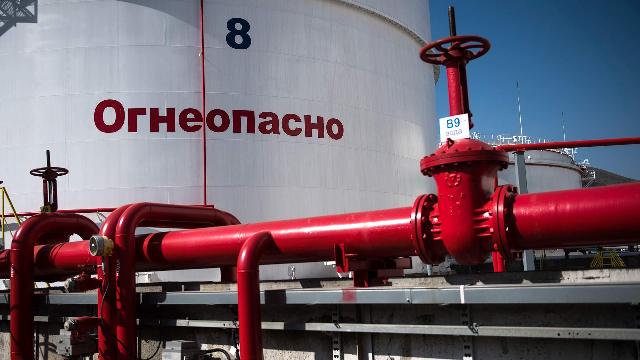It can be used to protect oil refineries, chemical plants, and airfields.
Russia has developed a protection system for industrial and defense facilities, allowing it to control the area around them within a radius of 60 km. The first protective circuit includes stationary radar stations and control posts with thermal imaging and video equipment. UAVs are engaged in monitoring the air and ground conditions at distant approaches. Experts note that such systems will be in high demand for the protection of oil refineries, chemical plants and airfields.
Layered defense
The new system is designed to protect and protect important social, infrastructural or military installations. It consists of two echelons. The near contour includes permanent monitoring points with multifunctional radar stations and control posts with thermal imaging and video equipment. UAVs with night vision systems and thermal imagers are used to control the remote observation area around the object.
The equipment and UAVs involved can monitor not only the airspace, but also the situation on the ground.
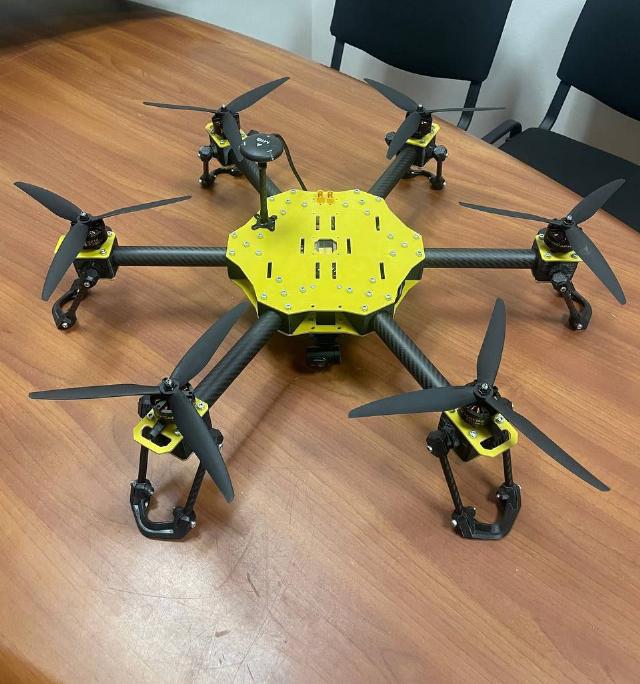
The Truck drone
Image source: Photo: FROBOTICS Company Press Service
In particular, Svarog-14 drones can patrol the area while in flight with all the necessary equipment for at least two to three hours. To increase the patrol area, the heavy Truck UAV can act as a signal repeater for the Svarog.
"This allowed us to achieve seamless surveillance of a large area at a distance of more than 60 km from the control center," Oleg Fedorov, CEO of FROBOTICS, a developer company, told Izvestia.
Another UAV, the Svarog-35, can be used not only as an observation platform, but also as a system for suspending three or four anti-drones.
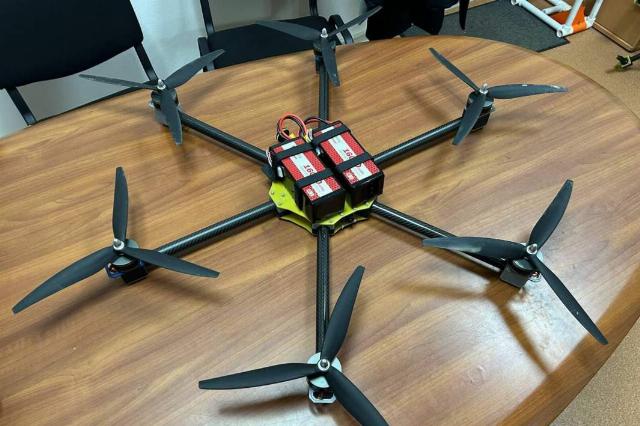
The Dobrynya Nikitich FPV drone can carry 12 kg of payload.
Image source: Photo: FROBOTICS Company Press Service
In addition, this drone can be in patrol mode or in reserve. After detecting suspicious UAVs, terrorists or saboteurs, he must immediately fly to the place.
"This significantly increases the speed of response to a threat and reduces the risks of damage to the infrastructure and the facility itself," explains Oleg Fedorov. — And, of course, it allows you to destroy the enemy "bird" even on the approaches to the protected object.
According to him, the system could potentially be enhanced with airship-type platforms or heavy quadrocopters. They can become carriers of small radars, electronic warfare systems and anti-drone fighters.
A systematic approach
It is important to conduct high-quality comprehensive tests of the complexes, confirming their effectiveness. Only then can they be put on guard duty at important facilities, military expert Dmitry Kornev told Izvestia.
"In such cases, the system is deployed around an object, after which they simulate an attack on it by various means," he explained. — Based on the results of these tests, we can already judge the effectiveness of the development.
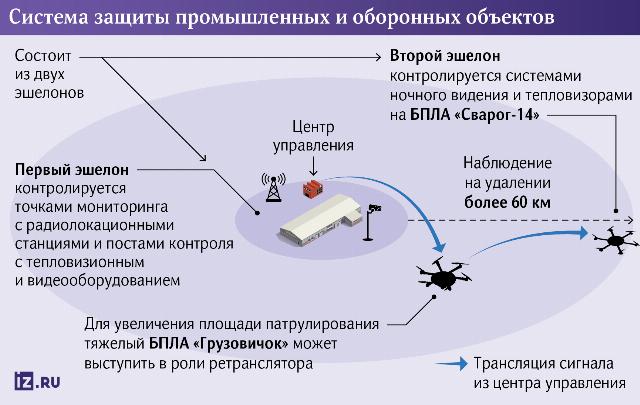
The primary targets of enemy attacks and sabotage were facilities of the fuel and energy complex, in particular oil depots and refineries, as well as air bases and airfields, military expert Yuri Lyamin told Izvestia.
— Now the enemy is concentrating its main efforts on them, — he noted. — These are large and important objects, and if they are hit by even small means, such as UAVs, serious damage can occur. Experience shows that the most important facilities should have a multi-level protection system using different detection and destruction systems. The idea of creating a layered defense using radars, drones and surveillance systems is a good one. It can be useful for protecting oil depots or airfields.
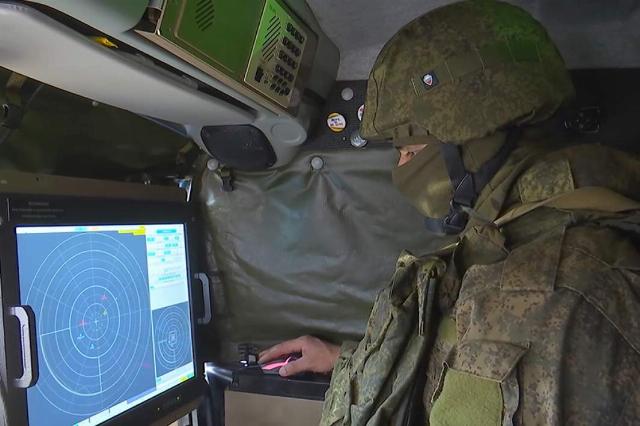
Photo: TASS/Ministry of Defense of the Russian Federation
Image source: iz.ru
The expert recalled that when developing any security or weapons systems, it is necessary to find a reasonable balance in terms of "cost-effectiveness".
"It is important that the drones, radars and other equipment used not only produce the desired result, but also cost reasonable money," he said. — If this condition is met, the system will be in demand and will certainly benefit.
Special forces to combat UAVs
Currently, special attention is being paid to the protection of rear facilities important for the country's defense capability. Earlier, Izvestia wrote that special units are being created in the Russian Armed Forces to combat UAVs, which will protect warehouses, storage bases and arsenals.
Air defense officers are already determining the number of observation points and firing points. And representatives of the logistics support system of the Armed Forces of the Russian Federation are working on logistics issues for troops, from uniforms to special weapons to combat drones.
The enemy has repeatedly tried to attack our rear facilities with the help of UAVs, Colonel Alexander Perendzhiev, associate professor at Plekhanov Russian University of Economics, told Izvestia.
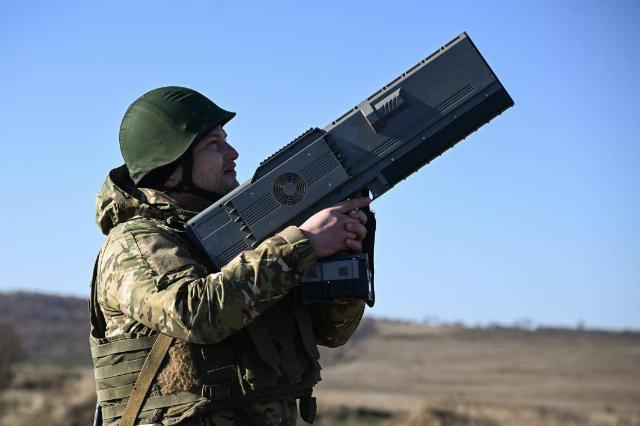
Photo: RIA Novosti/Konstantin Mikhalchevsky
Image source: iz.ru
— Such units are needed both on the front line and in the rear. Now it is important to develop a comprehensive arsenal protection system, and not just arm fighters with anti—drone rifles," the expert said.
He also reminded that we have not only anti-aircraft systems, but also UAVs that can shoot down drones. The latter can guard military installations, moving along a certain route, detect enemy UAVs and destroy them.
The expert noted that such tactics have already proved their effectiveness in the combat zone, and now they must be applied in the rear areas while protecting strategically important facilities.
Julia Leonova
Bogdan Stepovoy
